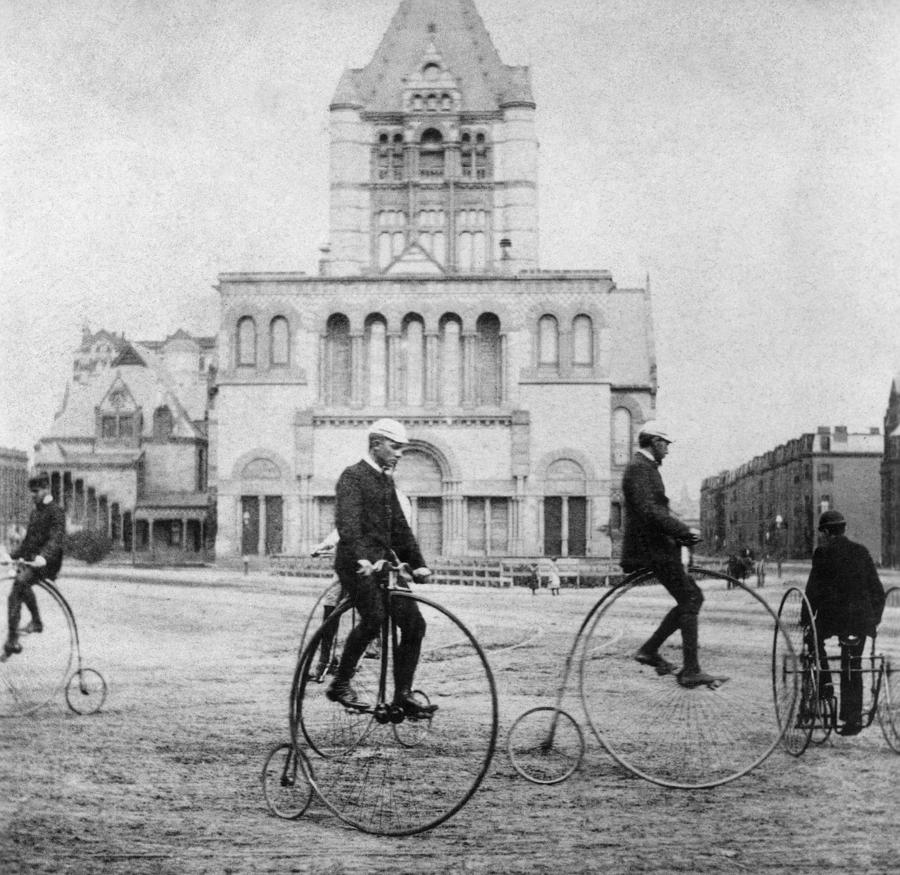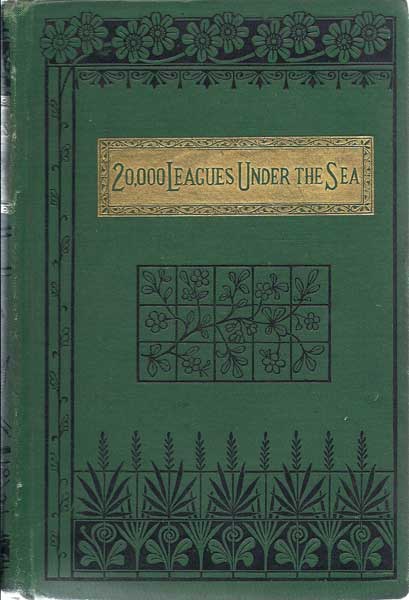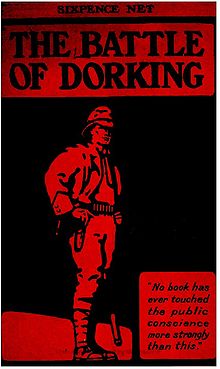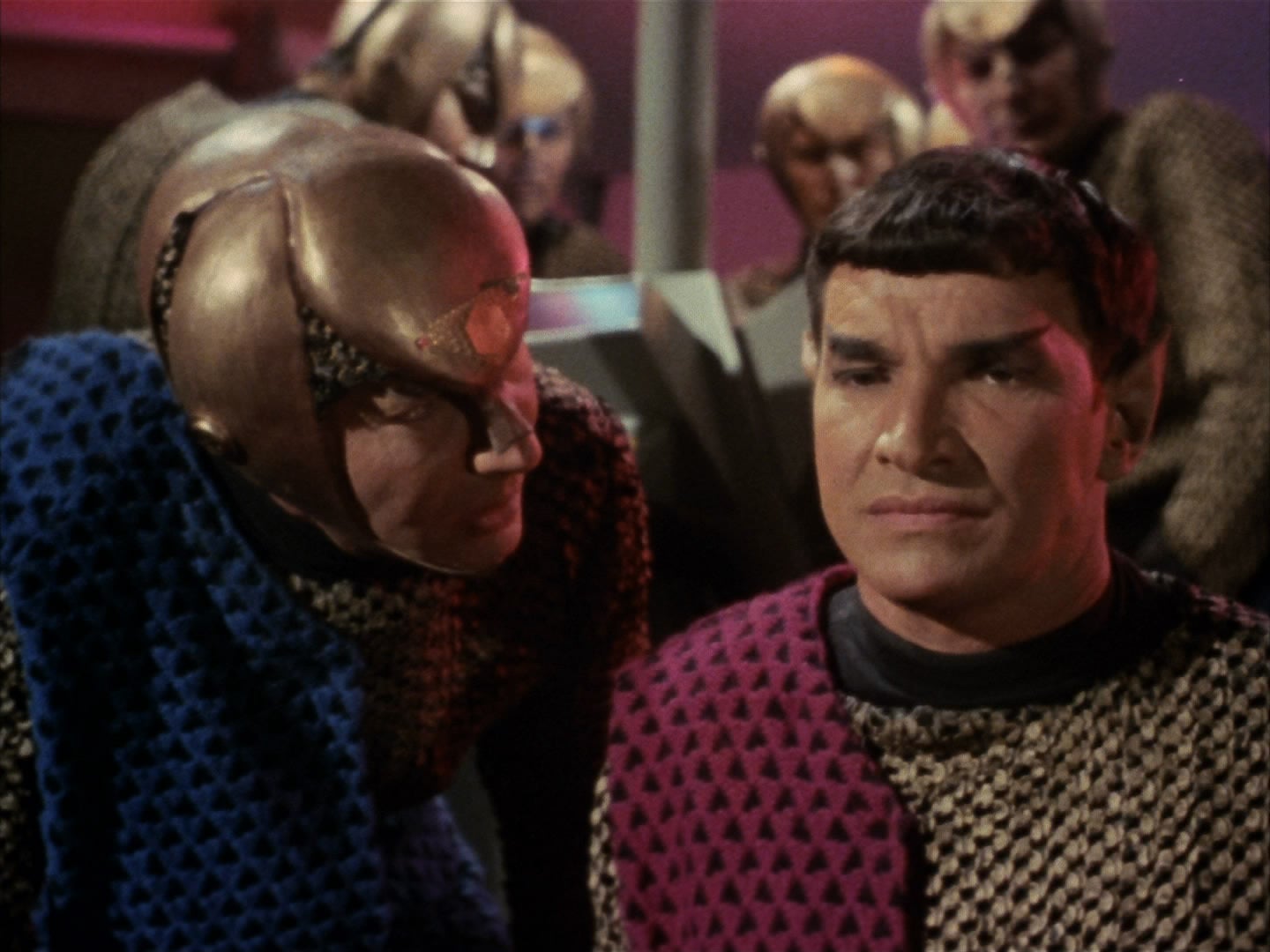Automobiles, aircraft, Coca Cola, the 1880s saw the beginnings of many cultural and scientific phenomena that are commonplace in today’s world. After this decade, the status quo of society would be forever changed.
History:

War seems to be a constant in human history. When one uprising is quelled somewhere, another skirmish begins somewhere else. The American Indian Wars which had been raging since colonists first came to the American continent, continued into the 1880s, bringing with them the same bitterness and cruelty they had always carried. A milestone in the struggle occurred in 1881, when Chief Sitting Bull of the Lakota people was forced to surrender to the American army with 186 of his men.
1881-82 were marked by four assassinations, and one failed assassination attempts. In 1888, the world was baffled and appalled by the slew of unsolved murders committed by the mysterious “Jack the Ripper”.
However, in spite of all the bloodshed, many interesting advances were made in various areas of study. In 1884, a conference was held to decide where the Prime Meridian was on the globe.
Also, I will have you know that in 1886, the Moody Bible Institute was founded. It is a fine institute which I am currently attending.
Science:

The 1880s saw an explosion in science and technology that revolutionized the world and changed the status quo. Society began to look more and more like what we see today. Steel frame skyscrapers began to rise, changing the landscape of cities around the world, and the first attempt at the Panama Canal was made.
An army airship called the La France was first launched in 1884. The same year, the Nipkow disc, an early image scanning disc that gave way to inventions such as television was invented. The next year, 1885, Benz patented the motorwagen, which was the first automobile. In 1886, the first commercial automobiles were released. Another interesting cultural development began when Coca Cola was first distributed in 1887.
Stories:

In 1884, E.A. Abbott produced Flatland. Though more of a mathematical adventure than a scientific one, it still carries many of the traits of the sci-fi of this era. It described a two-dimensional world inhabited by shapes, points, and lines with personalities, and their view of the world. Of course, it was meant to provide Abbott’s commentary on his own society.

In 1886, Robert Louis Stevenson wrote the ground-breaking classic The Strange Case of Dr. Jekyll and Mr. Hyde, which explored the nature of mankind, and the relationship between good and evil. These concepts and the characters that embody them have since been expounded on and parodied to no end.
This same year, Jules Verne wrote another airborne adventure, Robur the Conqueror. It told the tale of a crazed man named Robur, who took over the world using airplanes.

1888 saw another milestone novel in the history of the utopian genre. Edward Bellamy wrote Looking Backward: 2000-1887, which told of a man who fell asleep in 1887, and awoke in the socialist utopia that would be America in 2000, according to Bellamy’s reasoning.

Also in that year, Albert Robida wrote a realistic future war story called The Twentieth Century War, which would go on to inspire Arthur C. Clarke; and W.H. Hudson wrote of a postapocalyptic society in A Crystal Age.
In 1889, Mark Twain, (yes, Mark Twain of Tom Sawyer and Huckleberry Finn), made advances in the subgenre of time travel with A Connecticut Yankee in King Arthur’s Court. It is a comedic tale in which the titular Connecticut Yankee ends up in the titular King Arthur’s Court and attempts to civilize Camelot according to his 19th century sensibilities.
Worldview:
German philosopher Friedrich Nietzche rose to prominence around the 1880s. He is both famous and infamous for declaring the death of God, and for questioning nature of truth and reality. His thoughts are especially influential in the modern day as they pertain to the worldview of Postmodernism.
The 1880s saw a shift in the world from the way things had always been. Technology and philosophy were shaping the society in ways they never had before, and especially through the medium of science fiction.
Keep on glowing in the dark,
Elora




















.jpg/revision/latest?cb=20130729211624)
